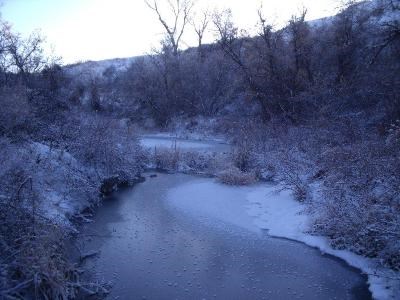
NPS Logs And Limestone Limestone used in fort construction was also hauled on this road from the limestone quarry on the west side of Lime Kiln Creek. However, before the blocks of limestone rock could be used as mortar to cement building materials together and as foundations for the buildings, they had to go through a process. This is where the term “Lime Kiln” comes from. The Lime Kiln Juniper logs were placed in the remaining space and lighted. This fire had to be maintained continuously for seventy-two hours. At the end of this period, the bottom and top openings were sealed. It was left to cool for several days, after which the lime was taken out, loaded again on horse or mule drawn wagons and transported to the area in which it was to be used. The process used today to manufacture cement is much the same. The limestone rocks still have to be quarried and hauled to a mill. Of course with today’s technology, the limestone is blasted loose, loaded with powerful loaders and hauled with huge tractors pulling trailers that can haul anywhere from ten to thirty yards of material at a time. The process then used to render the limestone rocks into powder is basically by crushing. This requires much more energy than was available to the people of that time. The end product is now packaged in nice neat bags that weigh approximately 100 pounds each. Where large amounts are required, the cement is hauled in huge closed gondolas. The Presence Of The Past Approximately 0.6 miles from where you turn off the main park road onto the Ok-A-Beh road, to the left down in the creek bottom, is where the remains of the lime kiln are located. Whitish material that is still on the top of the bank is dirt and other debris that was cleaned from the kiln before using it again. The kiln itself is no longer visible, but there is a circular hole at the base of the bank where it stood. At 0.8 mile along the OK-A-Beh Road you can make out the lime quarry to your upper right. Perhaps this little glimpse of history will help you have a more meaningful visit to Bighorn Canyon National Recreation Area. The Limestone Quarry is listed on the National Register of Historic Places as part of the Fort C.F. Smith Historic District. |
Last updated: February 24, 2015
